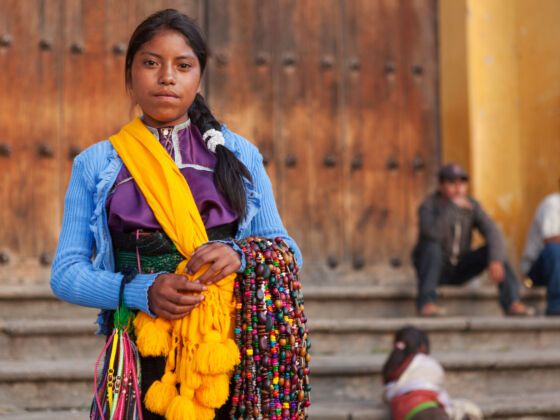1. Women face discrimination, sexual harassment and death on a daily basis.
In early December 2016, Ana Gabriela Guevara, a Mexican senator and former Olympic medalist, was hit by a car while riding her motorcycle near Mexico City. When she protested about the collision, the four men from the car, got out and brutally beat her. Guevara claimed that during the assault, the men ‘insulted her for being a woman and a motorcyclist.’
